In the world of gardening, deadheading is a simple yet powerful technique that can make a significant difference in the appearance and performance of your flower garden. By removing spent blooms, deadheading encourages plants to produce new flowers, prolonging the blooming period and enhancing the overall beauty of your garden. In this comprehensive guide, we’ll explore the art of deadheading and provide practical tips for mastering this technique to ensure continuous flowering in your garden throughout the growing season.
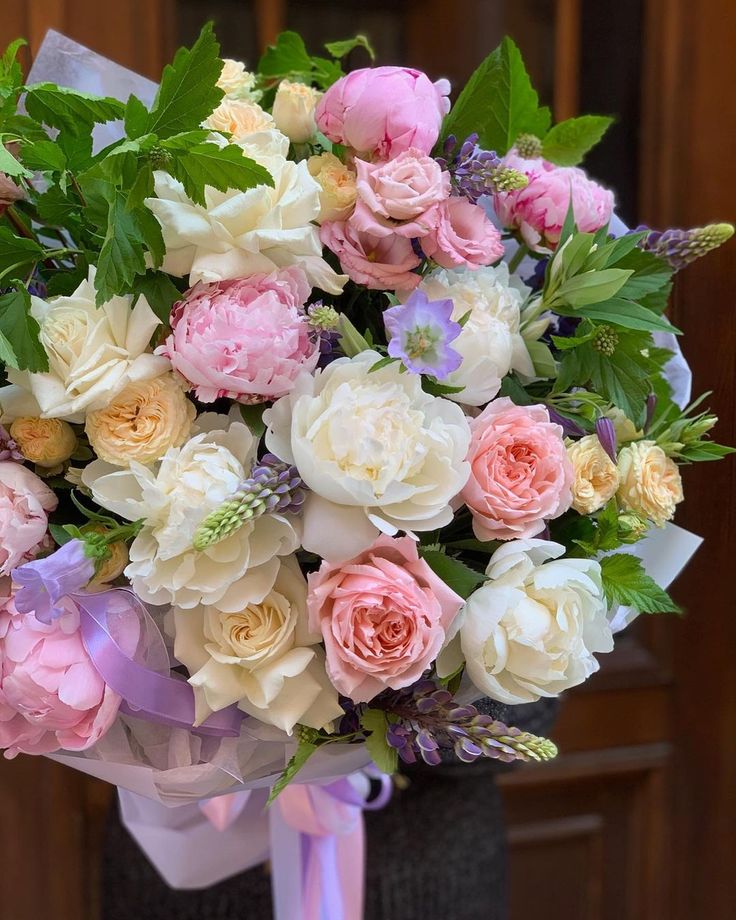
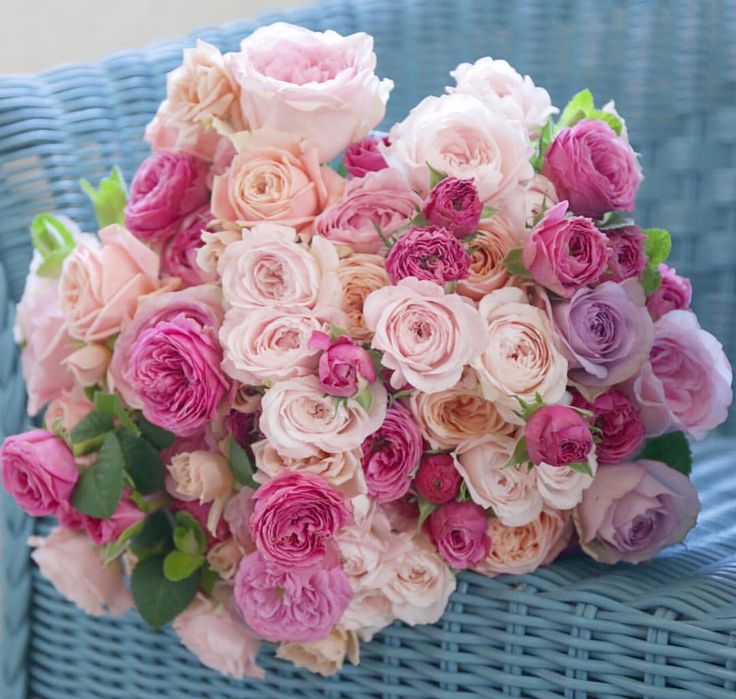
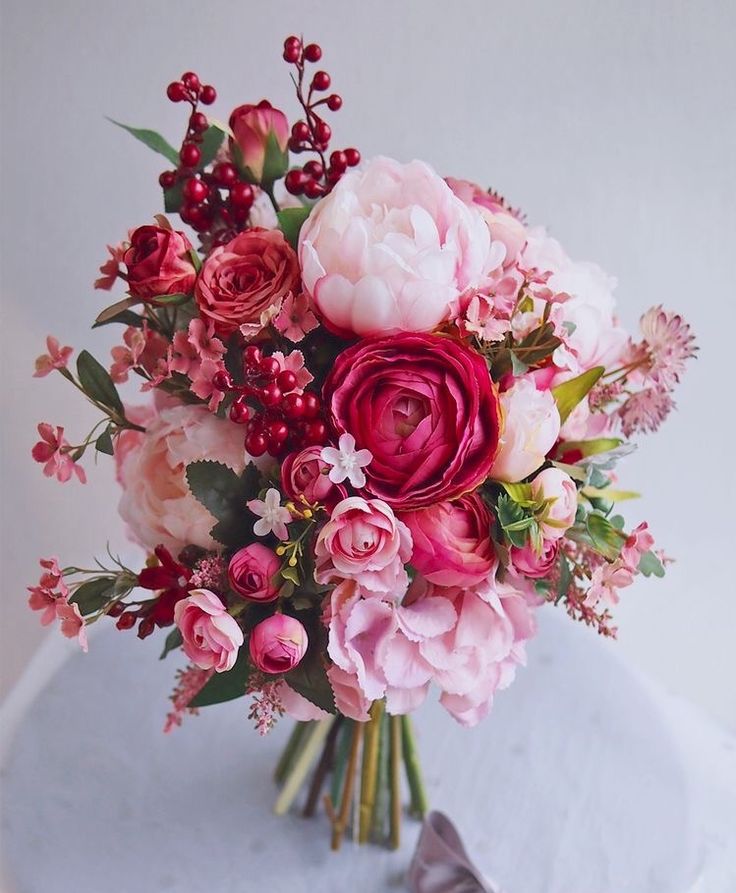
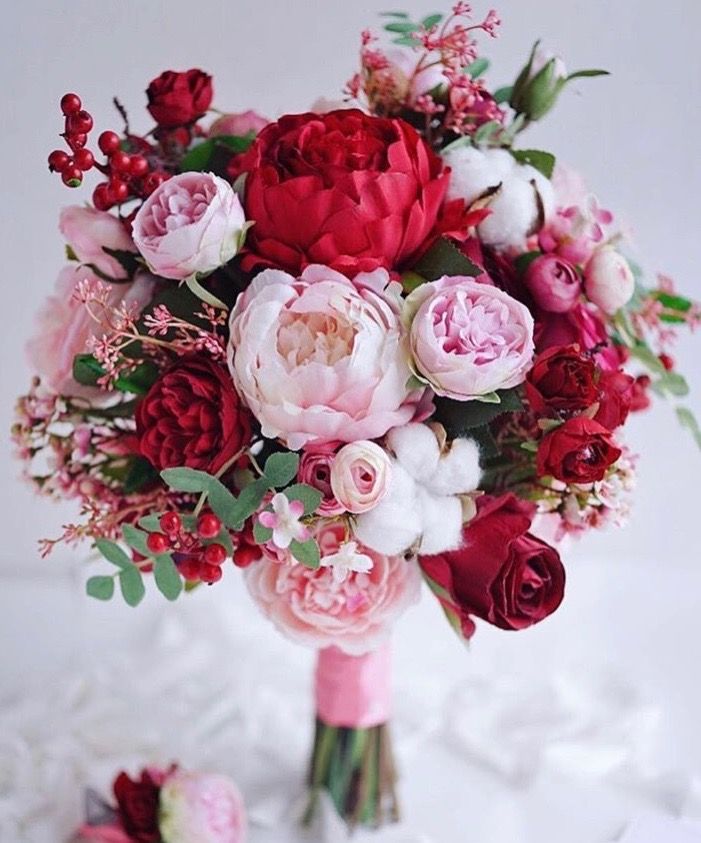
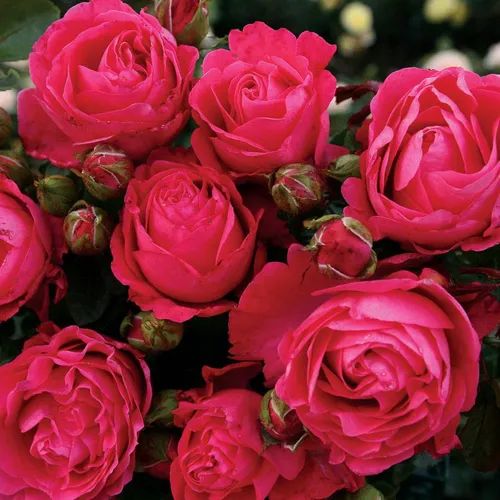


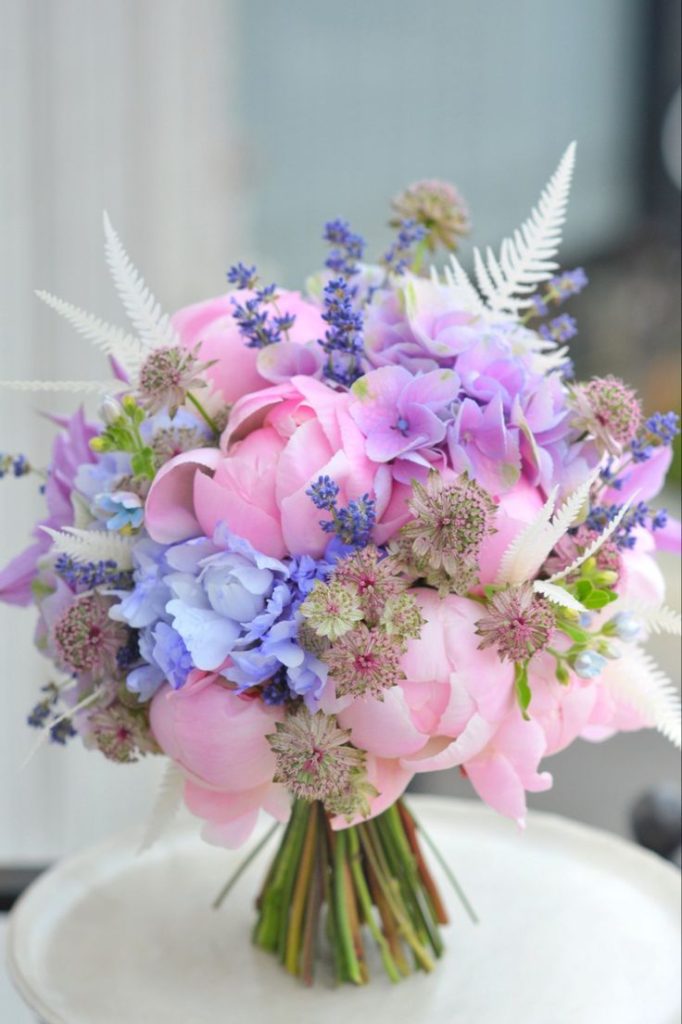
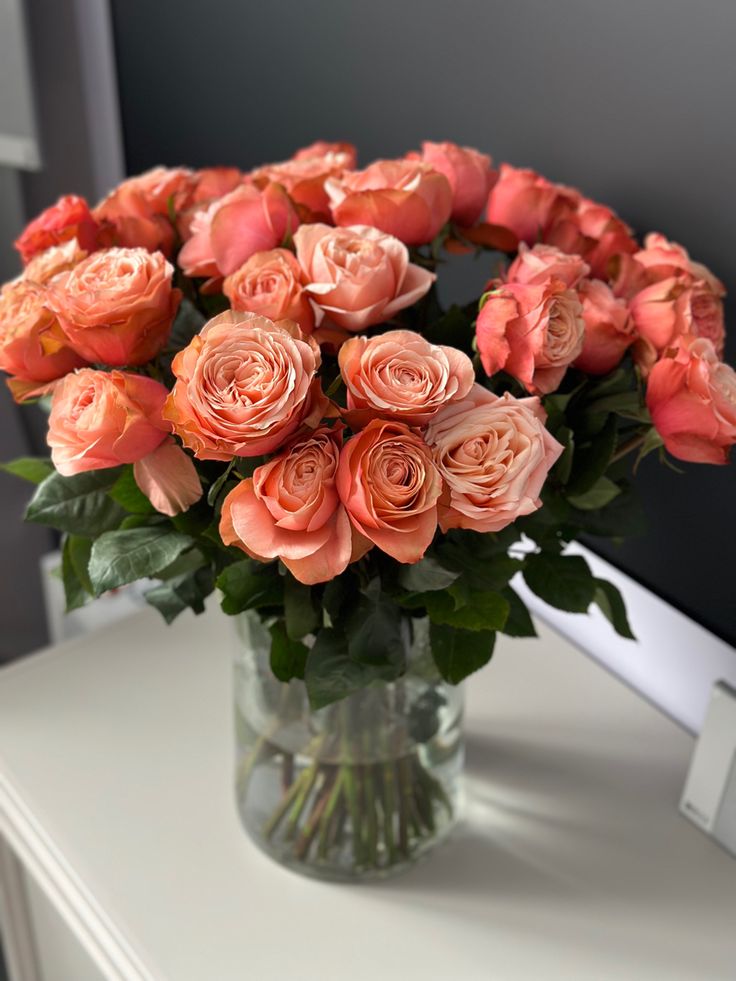
Understanding Deadheading
Deadheading is the process of removing faded or spent flowers from plants to encourage the production of new blooms. By eliminating old flowers before they have a chance to set seed, deadheading redirects the plant’s energy into producing additional flowers, resulting in a longer blooming period and a more abundant display of flowers.
Benefits of Deadheading
Deadheading offers several benefits for your garden, including:
- Extended Blooming Period: By removing spent flowers promptly, deadheading encourages plants to continue blooming throughout the growing season, prolonging the display of flowers and enhancing the overall beauty of your garden.
- Improved Aesthetic Appeal: Deadheading helps maintain the appearance of your garden by removing unsightly faded or withered blooms, creating a neat and tidy appearance that enhances the visual appeal of your flower beds.
- Prevention of Self-Seeding: Deadheading prevents plants from setting seed, reducing the risk of self-seeding and unwanted spread in your garden. This is particularly important for annuals and perennials that can become invasive if allowed to self-seed freely.
- Promotion of Plant Health: Removing spent flowers before they can develop seeds redirects the plant’s energy into producing new growth and foliage, promoting overall plant health and vigor.
Deadheading Techniques
Follow these simple techniques to master the art of deadheading in your garden:
- Hand Deadheading: The most common method of deadheading involves simply pinching or snipping off faded flowers with your fingers or a pair of sharp scissors. When deadheading, be sure to remove the entire flower head, including the stem, to encourage new growth.
- Selective Deadheading: In some cases, it may be necessary to selectively deadhead individual flowers rather than removing entire flower heads. This technique is particularly useful for plants with multiple flowers on a single stem, such as lilies or dahlias. Remove only the spent flowers while leaving the remaining buds intact to continue blooming.
- Shearing: For plants that produce large numbers of small flowers, such as marigolds or petunias, shearing can be an effective deadheading method. Use a pair of pruning shears or hedge trimmers to remove the entire top portion of the plant, including spent flowers and foliage. This encourages new growth and stimulates additional flowering.
- Regular Maintenance: Make deadheading a regular part of your gardening routine to ensure continuous flowering throughout the growing season. Check your plants regularly for spent blooms and remove them promptly to encourage new growth and prevent seed formation.
Conclusion
Deadheading is a simple yet essential technique for ensuring continuous flowering and maintaining the beauty and vitality of your garden. By removing spent blooms promptly and encouraging new growth, deadheading prolongs the blooming period of your plants and enhances the overall aesthetic appeal of your flower beds. Whether you prefer hand deadheading, selective deadheading, or shearing, incorporating deadheading into your gardening routine is a rewarding practice that yields impressive results. With a little time and effort, you can master the art of deadheading and enjoy a garden that blooms abundantly and beautifully throughout the season.